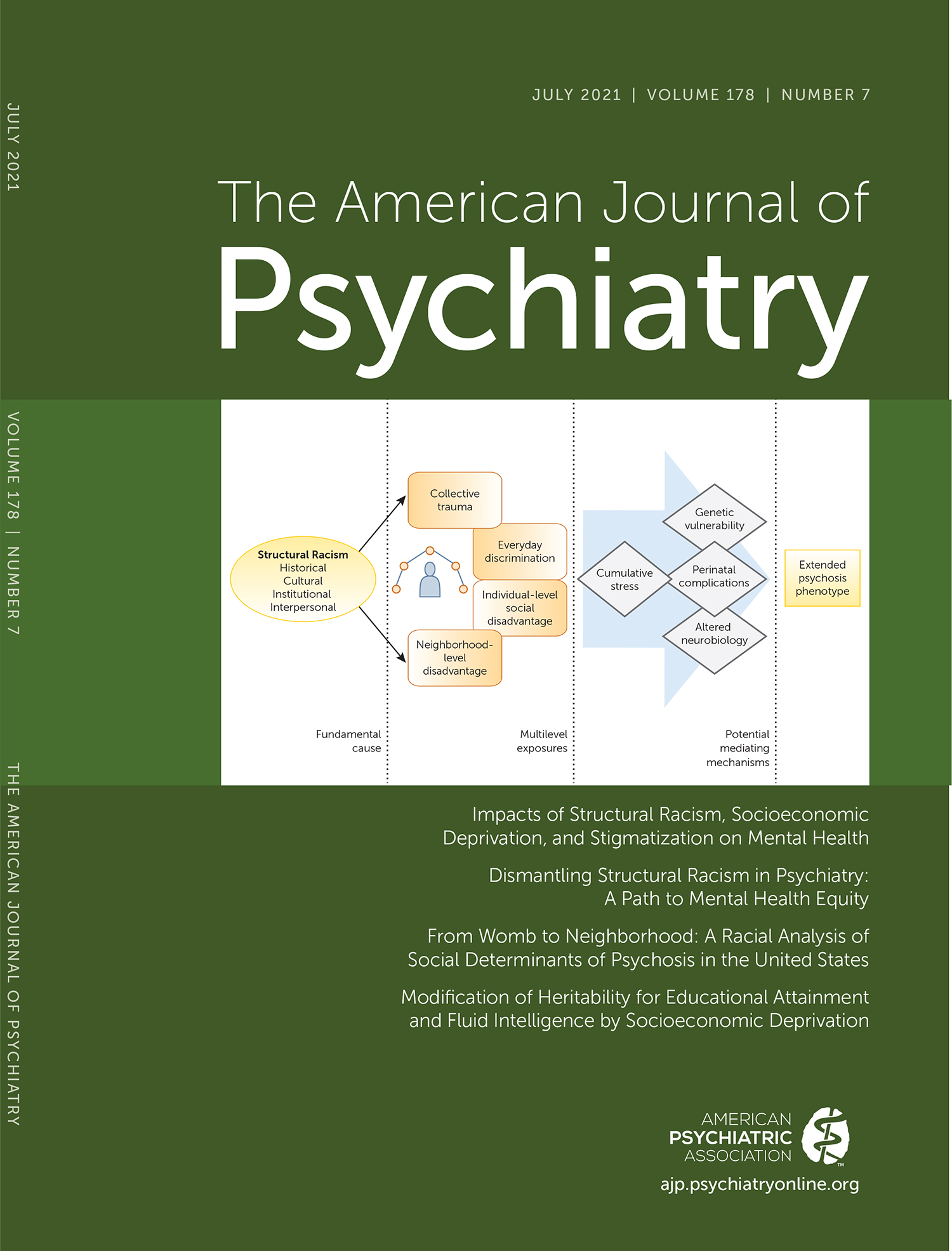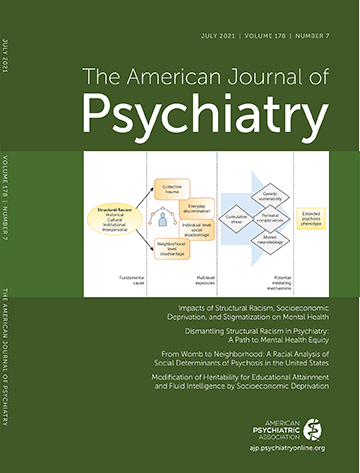Dismantling Structural Racism in Psychiatry: A Path to Mental Health Equity
KEY CONCEPTS
Conceptualizing Race and Structural Racism
Mental Health Disparities and Inequities
What Is Social Justice?
HISTORICAL CONTEXT OF PSYCHIATRIC PSEUDOSCIENCE
MODERN EXAMPLES OF STRUCTURAL RACISM IN PSYCHIATRY
Residential Segregation
The “War on Drugs”
Mental Health Care Access
DISMANTLING STRUCTURAL RACISM IN PSYCHIATRY
“We are asking white psychiatrists to become increasingly aware of how their everyday practices continue to perpetuate institutional white racism in psychiatry and to support the search for realistic solutions to providing psychiatric services to black people. We ask white psychiatrists to provide strong sanction and support to these efforts. This means making available the necessary resources of money, manpower, and authority—and not just in the current token amounts. It means not defending the vested white interests in old institutional forms of professionalism when new strategies and roles are suggested; it means a significant reduction in economic barriers to psychiatric care; it means relinquishing negative stereotypes of the black patient; it means truly sharing administrative decision making with black colleagues and black communities.”
Education and Self-Reflection
Changing Social Norms
Addressing Public Policies
REFERENCES
Information & Authors
Information
Published In
History
Keywords
Authors
Funding Information
Metrics & Citations
Metrics
Citations
Export Citations
If you have the appropriate software installed, you can download article citation data to the citation manager of your choice. Simply select your manager software from the list below and click Download.
For more information or tips please see 'Downloading to a citation manager' in the Help menu.
View Options
View options
PDF/EPUB
View PDF/EPUBLogin options
Already a subscriber? Access your subscription through your login credentials or your institution for full access to this article.
Personal login Institutional Login Open Athens loginNot a subscriber?
PsychiatryOnline subscription options offer access to the DSM-5-TR® library, books, journals, CME, and patient resources. This all-in-one virtual library provides psychiatrists and mental health professionals with key resources for diagnosis, treatment, research, and professional development.
Need more help? PsychiatryOnline Customer Service may be reached by emailing [email protected] or by calling 800-368-5777 (in the U.S.) or 703-907-7322 (outside the U.S.).

